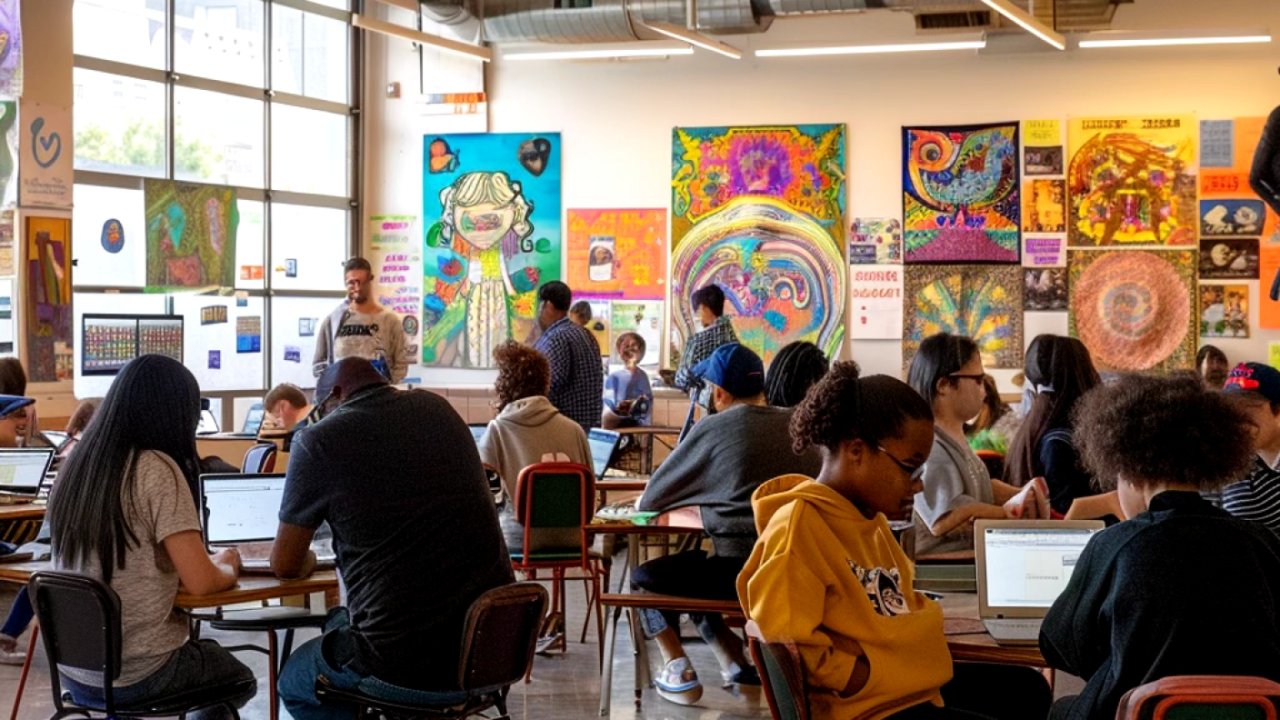Technology has the power to transform lives, yet its benefits are often confined to a privileged few. The democratization of technology aims to change this narrative, making innovation accessible to everyone, regardless of their socioeconomic status. This movement is not just about providing access to gadgets and the internet; it’s about empowering individuals with the tools and knowledge they need to thrive in a digital age.

Why Democratization Matters
In today’s fast-paced world, technology plays a crucial role in education, healthcare, business, and beyond. When access to these technological advancements is limited, it creates a significant disparity, leaving many behind. Democratizing technology helps level the playing field, offering equal opportunities for all to learn, grow, and contribute to society. It ensures that innovation benefits everyone, fostering inclusivity and reducing inequality.

How to Bridge the Digital Divide
- Affordable Access: One of the most effective ways to democratize technology is by making it affordable. Initiatives that provide low-cost internet services and budget-friendly devices can help bring more people online.
- Digital Literacy Programs: Educating people on how to use technology is essential. Community programs and workshops that teach digital skills can empower individuals, enabling them to utilize technology effectively.
- Open Source Solutions: Promoting open-source software and platforms can make high-quality tools available to all. This approach encourages collaboration and innovation, as anyone can contribute and improve these resources.
- Public-Private Partnerships: Collaboration between governments, private companies, and non-profits can drive large-scale initiatives to expand technology access. These partnerships can fund infrastructure projects, provide training, and develop resources for underserved communities.
Real-World Examples
Several initiatives worldwide are successfully bridging the digital divide. For instance, Google’s Project Loon aims to provide internet access to remote areas using high-altitude balloons. Similarly, organizations like Code.org focus on bringing computer science education to schools, ensuring that students from all backgrounds can learn to code.

The Impact on Society
Democratizing technology has far-reaching implications. It can boost economic growth by creating new job opportunities and fostering innovation. In education, it can provide students with the tools they need to succeed in a digital world. In healthcare, it can improve access to telemedicine and other digital health services, especially in rural areas.
The democratization of technology is not just a noble goal; it’s a necessary one. By working together to bridge the digital divide, we can create a more inclusive, innovative, and equitable world. Ensuring that everyone has access to the tools of the future is essential for building a society where everyone has the opportunity to succeed and contribute to the greater good. Let’s embrace the power of technology and make innovation accessible to all.
By Stanislav Kondrashov



